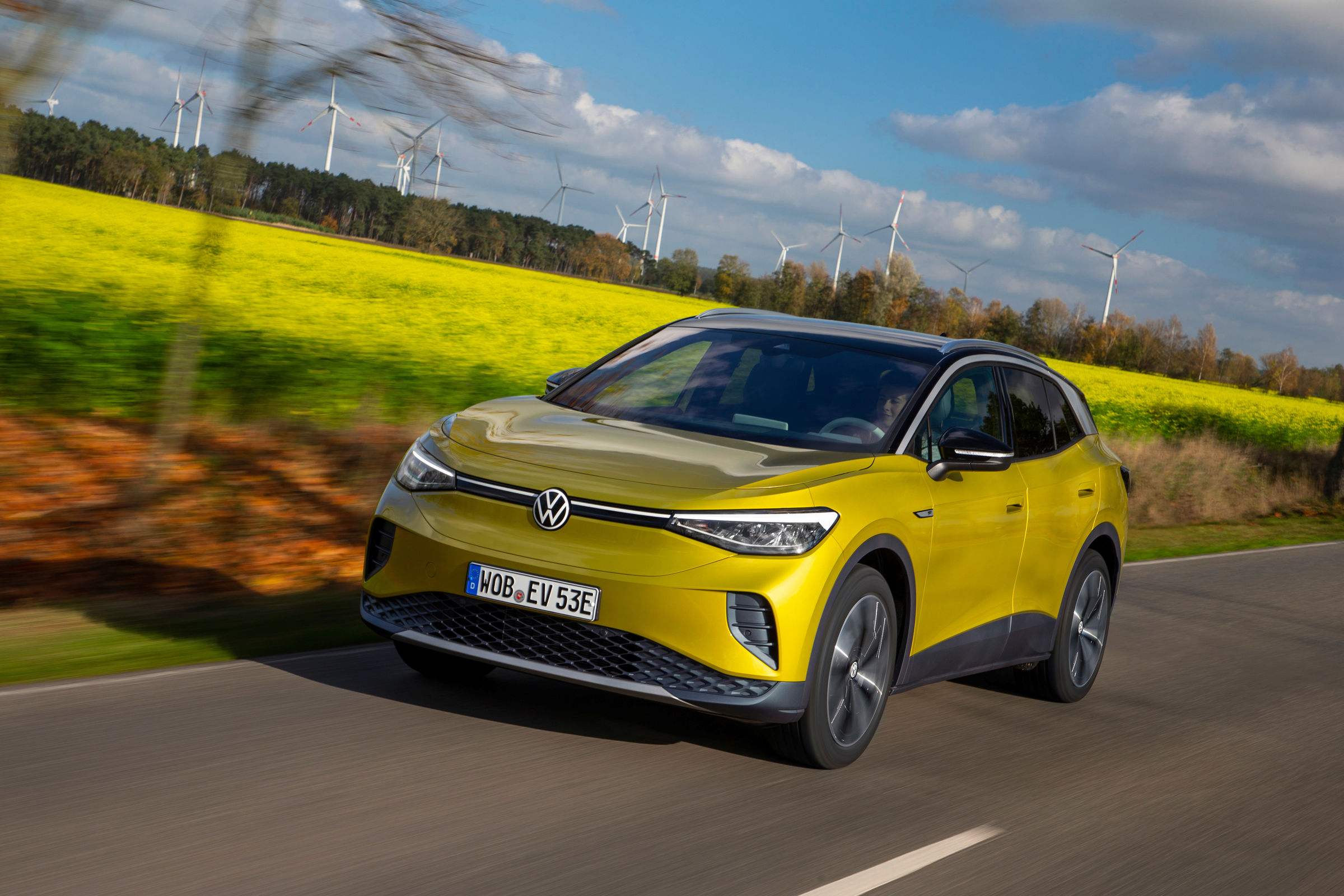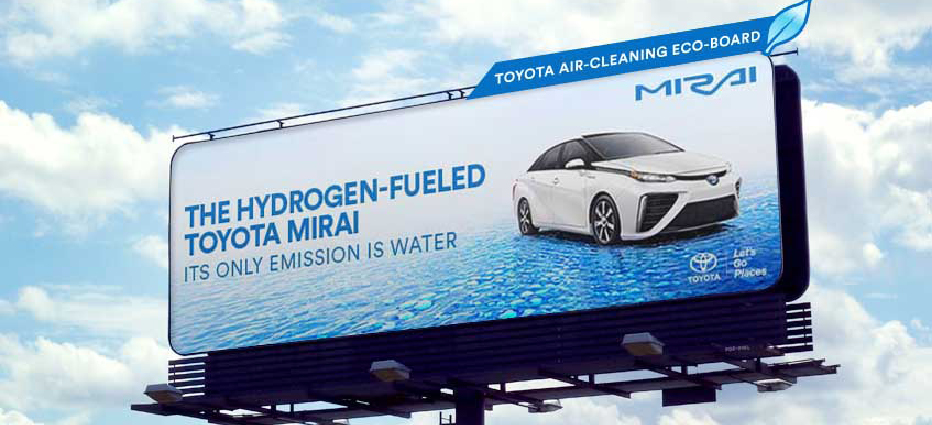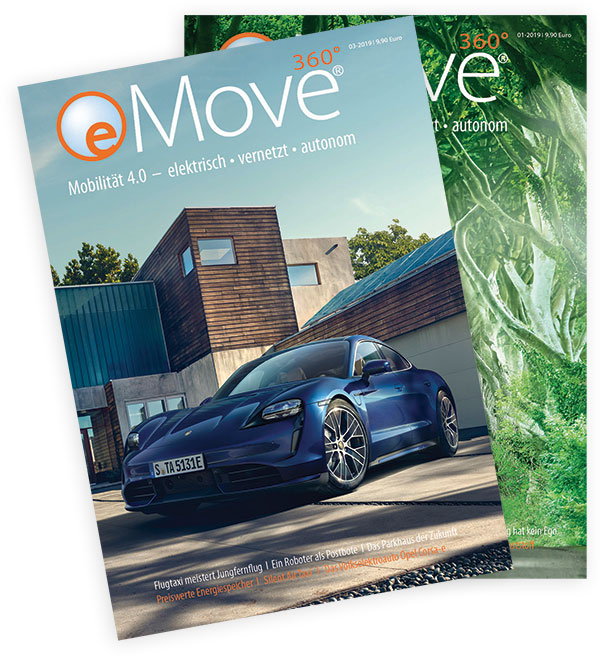Coasting and energy recovery. The coasting function, whereby drivers take their foot off the accelerator pedal early on, makes for relaxed and predictive driving. Should drivers want to decelerate more, they step on the brake pedal and thus activate brake energy recuperation. Up to around 0.25 g, in other words during the majority of everyday braking manoeuvres, the electric drive motor performs the braking alone, while the electric brake servo only activates the wheel brakes in situations demanding more deceleration. The transition from generator-based to hydraulic braking goes almost unnoticed – thanks to highly accurate and swift brake and drive system control. These systems also make sure that the rear wheels, where brake energy recuperation takes place, always have a sufficient amount of grip.
Efficiency as standard. Each ID.4 features predictive Eco Assistance as standard. It analyses data from the navigation system and vehicle sensors to provide drivers with effective support in driving efficiently and in a relaxed way. Once the ID.4 approaches a zone requiring slow speeds – such as built-up areas, junctions or bends – Eco Assistance notifies drivers to take their foot off the accelerator pedal. From this moment on, the system manages optimum coasting and energy recovery without drivers having to intervene. The car responds similarly when it approaches a vehicle ahead that is travelling at a lower speed.







